The Colorful Otavalo Market
When your travels take you to Ecuador you’ve got to visit the Otavalo Market, or also known as Plaza de Los Ponchos and Centenario Market to the locals, is a market in the town of Otavalo, in the north of the country.
It is a market that you would imagine finding in the West of South America. Indigenous Otavaleños, colorful fabrics all over, paintings, music, food, everything one would like to buy for just a few US dollars. The market was designed and built by the Dutch architect Tonny Zwollo in 1970.
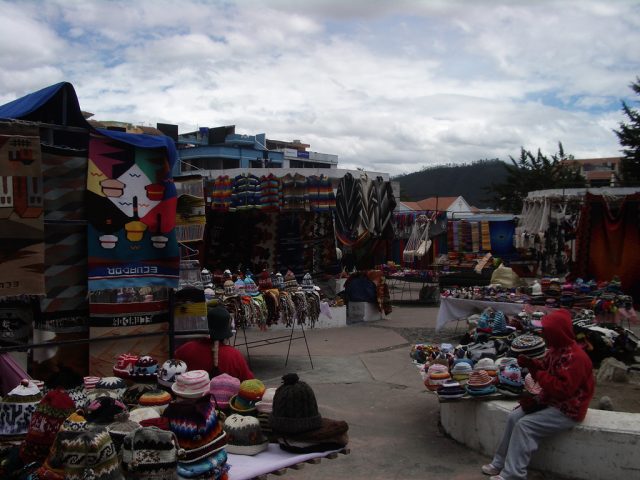
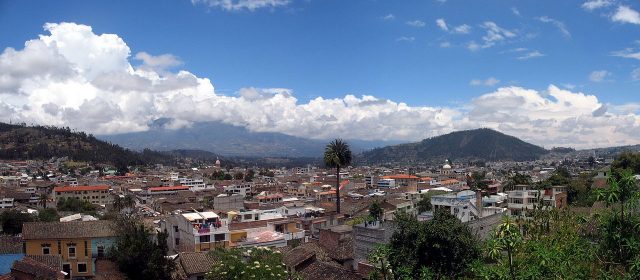
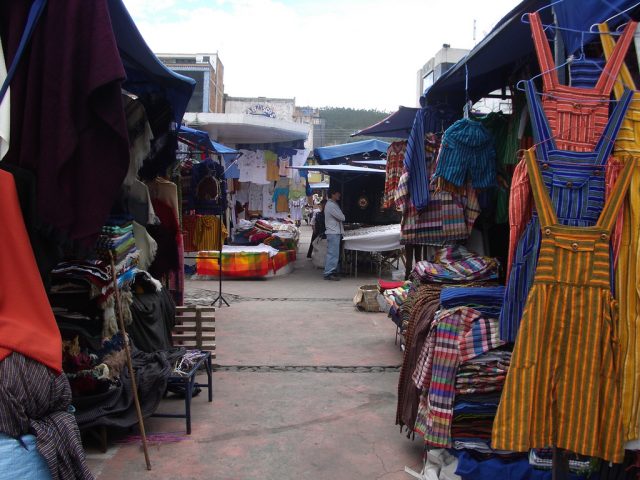
Even though the big market day is Saturday, the market is open each day of the week. The Otavaleños are selling their artifacts on the market, but there are also a lot of imported souvenir items as well as pieces of clothes.
However, the most famous and markable objects once one gets there are the colorful textiles such as handmade ponchos, tablecloths, blankets, hats, and much more.
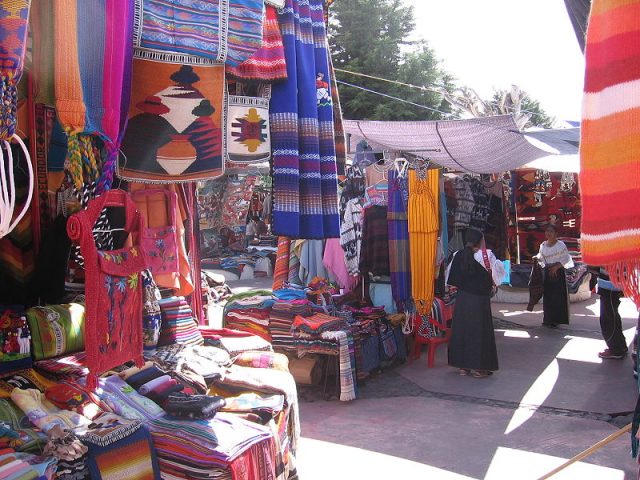
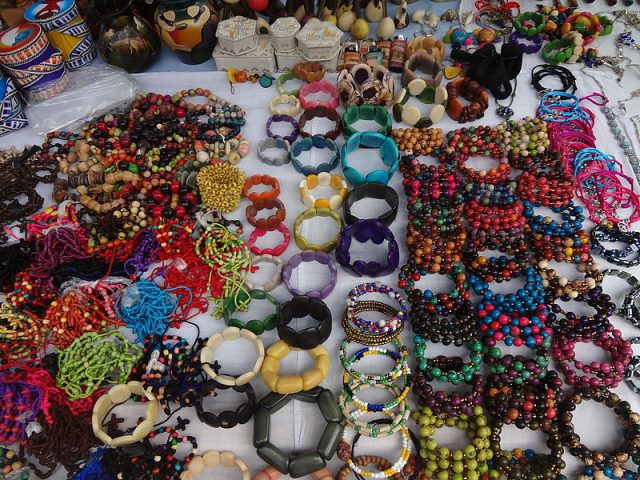
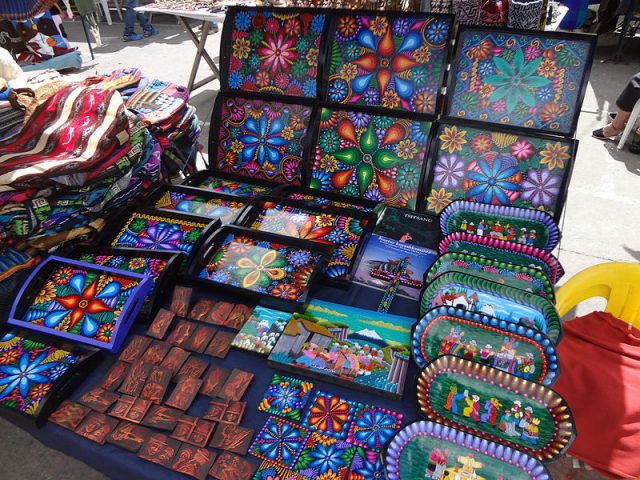
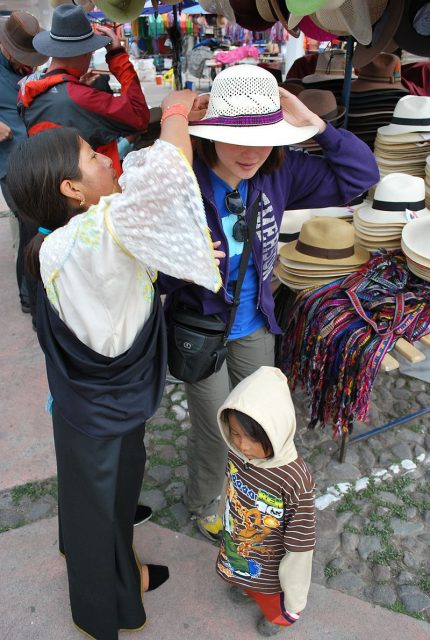
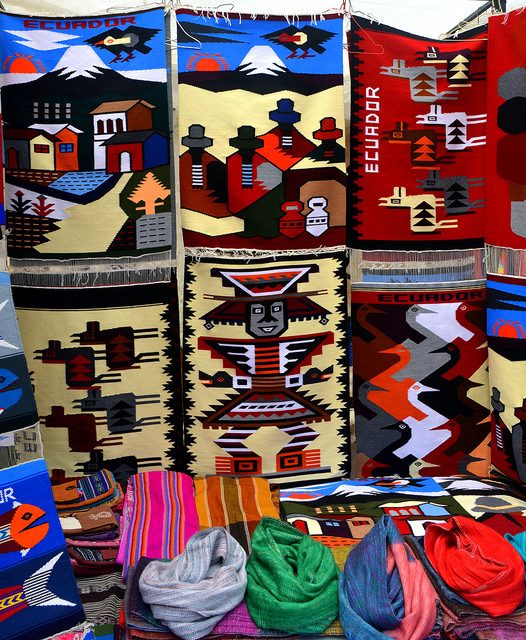
On Saturday, during the market’s peak, almost a third of Otovalo Town is transformed into a marketplace full of stalls. Besides textiles, you will find leather goods, musical instruments, tagua nut jewelry, indigenous costumes, hats, dreamcatchers, fake shrunken heads, clothing, purses, spools of wool, hand-painted platters, trays, raw foods, spices, and many other things.
But, like any other place that sensed the tourist’s money, the Otavalo market opened its stalls for goods that are mass-produced in the nearby factories. Not everything you find at the market is hand-made. Many of the objects are hand made, but the a lot can be bought in places all over Ecuador.
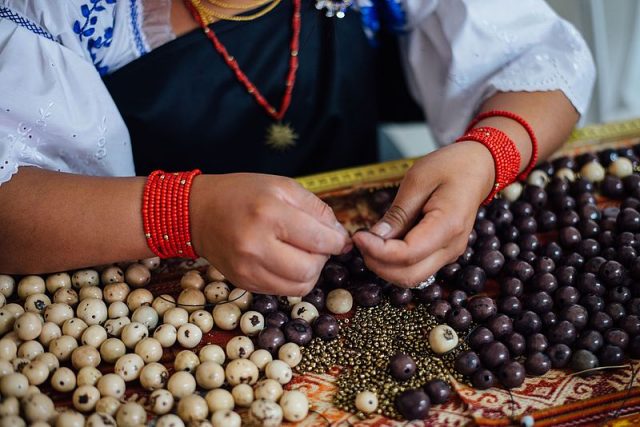
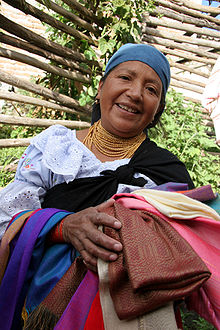
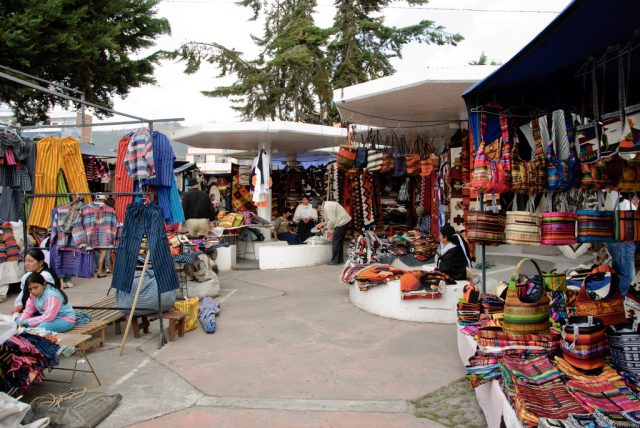
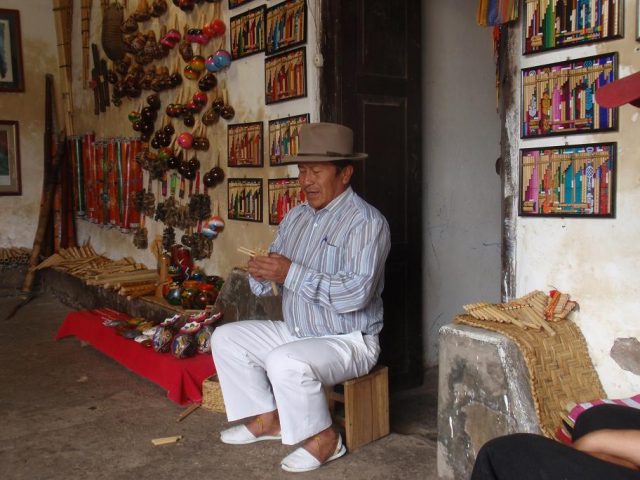
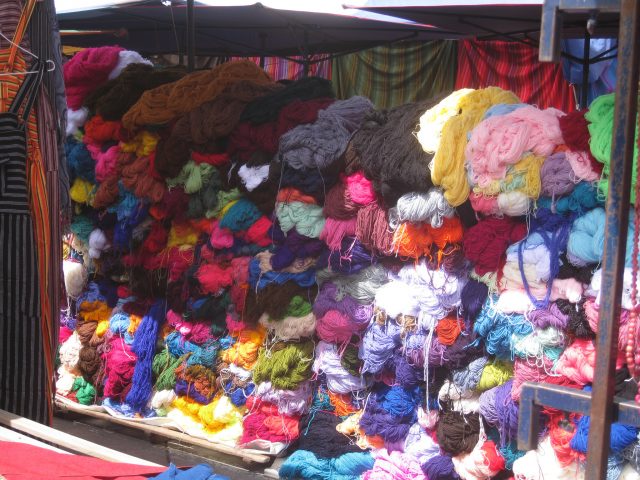
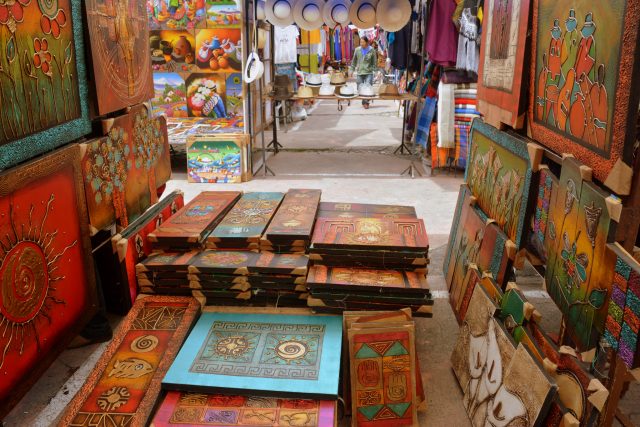
The Otavalo market was initially designed as a food and animal market for the farming communities, but with the growth of tourists visiting the market, the town focused on making handicrafts to satisfy foreigners’ interests.
Thanks to the market’s popularity, the whole area has benefited economically over last decade, seeing the Otavalo Canton growing considerably with many tourist operators, hotels, and hostels opening in the nearby villages and town.
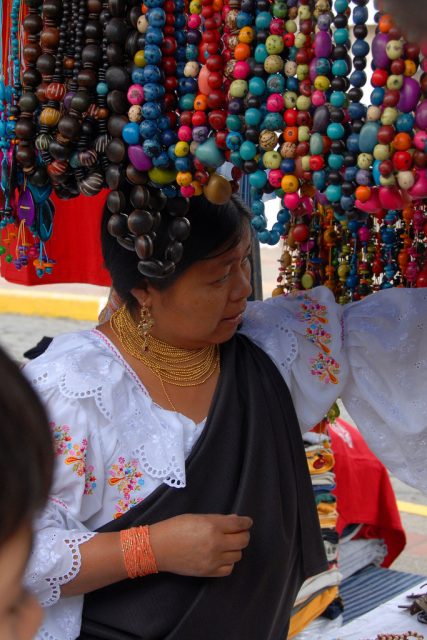

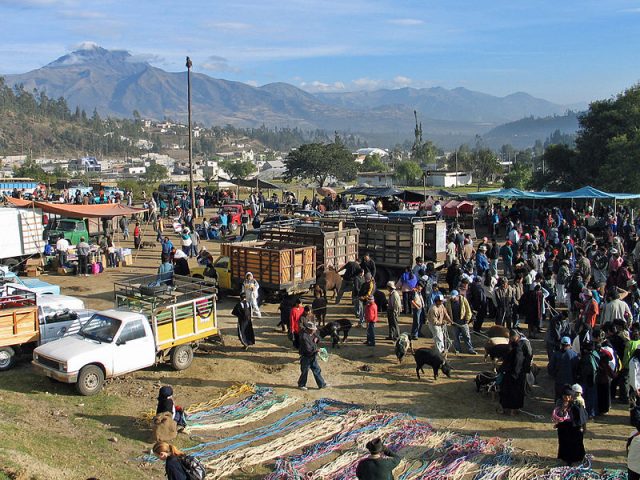
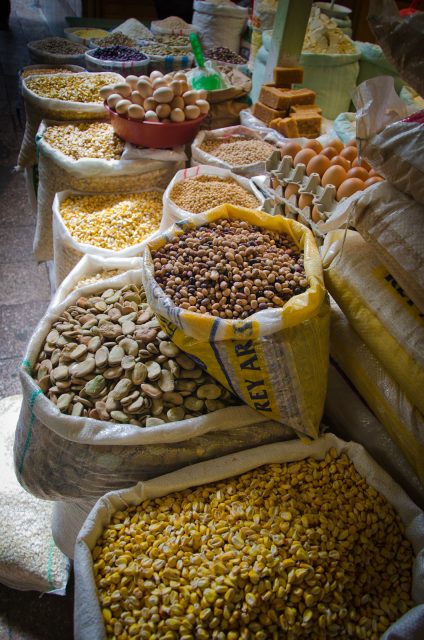
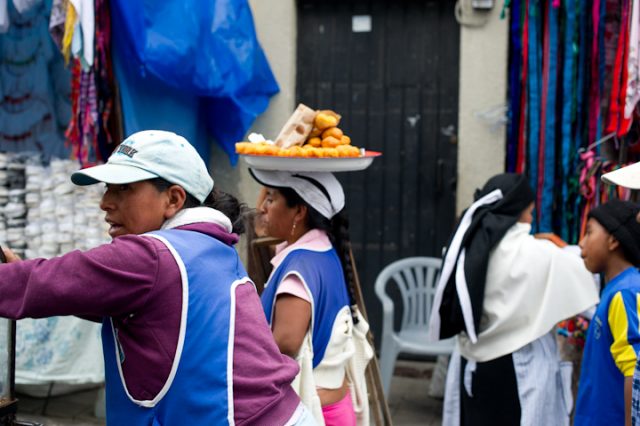
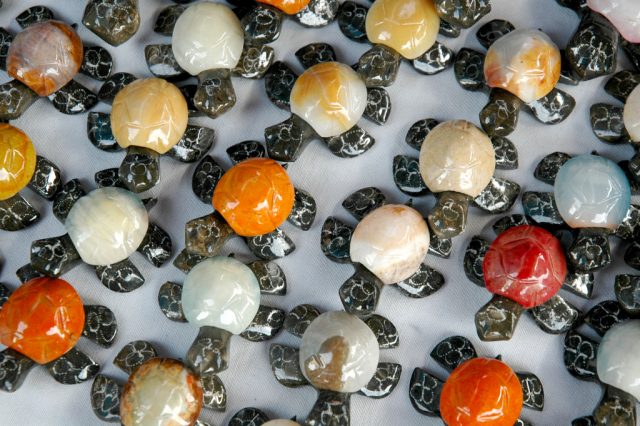
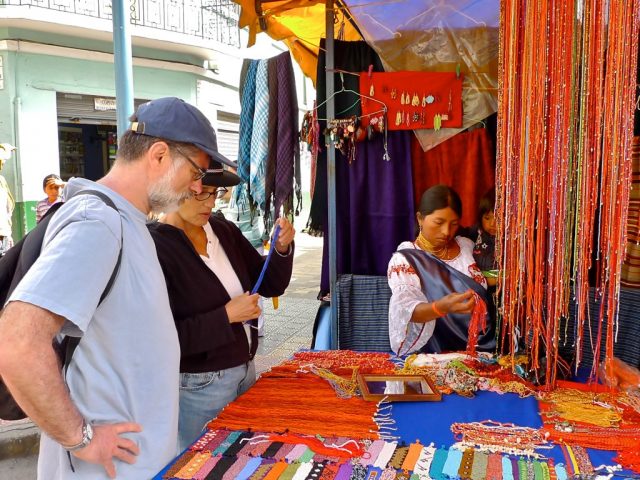
Otavalo is well known for its textiles, and many nearby villages and towns that are known for their own particular crafts. For example, a little bit to the north of Otavalo is the city of Cotacachi which is the center of the Ecuadorian leather industry.
In the south, there is the rural parish San Antonio de Pichincha where the local craft is wood carving and where carved furniture, picture frames, and statues can be found on its main street.
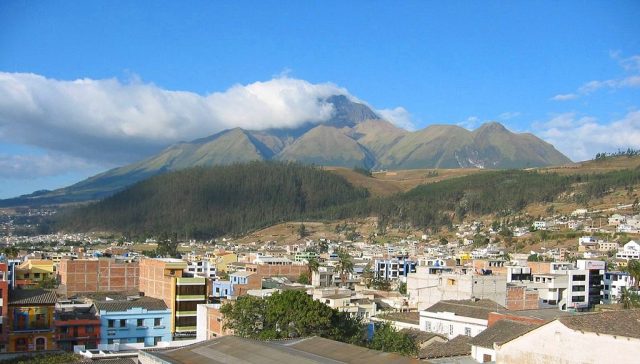
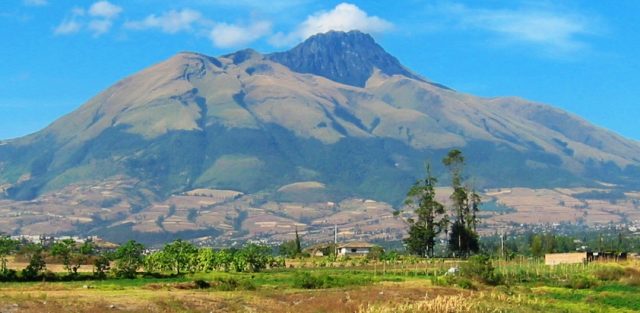
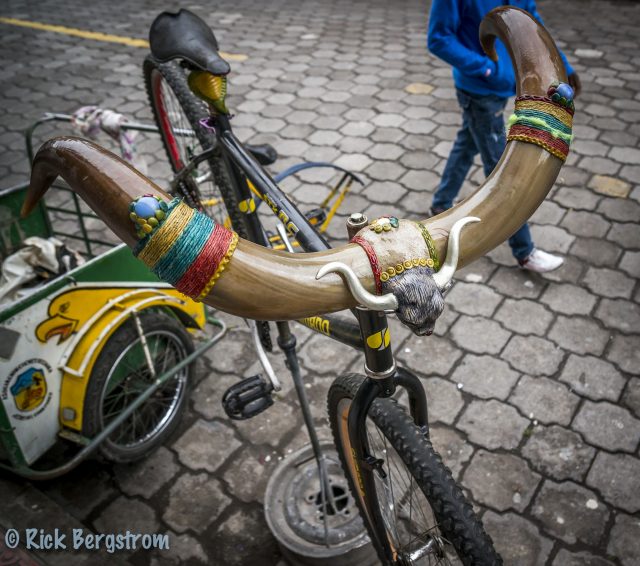
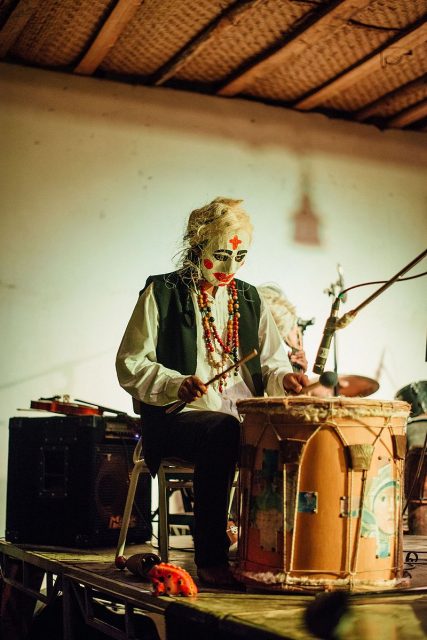
The easiest way to get to Otavalo is from Quito by bus which costs around $2.50 which is very cheap for a day long trip.
Or, if you want to climb the Imbabura Volcano which is nearby Otavalo, or just remain in the town for a couple of days. Otavalo is located at 8345 feet (2543 meters) above sea level so as anywhere in Ecuador it might require altitude adaptation. However, Quito is at a higher level so if you get first in the capital, no need to worry about the elevation. Except if you don’t climb the Imbabura Volcano which rises 15,190 feet (4630 meters) above sea level.
So, you can take it easy or you can get some serious hiking under your belt, it’s up to you.
If you have any comments then please drop us a message on our Outdoor Revival Facebook page
If you have a good story to tell or blog let us know about it on our FB page, we’re also happy for article or review submissions, we’d love to hear from you.
We live in a beautiful world, get out there and enjoy it.
Outdoor Revival – Reconnecting us all with the Outdoor





